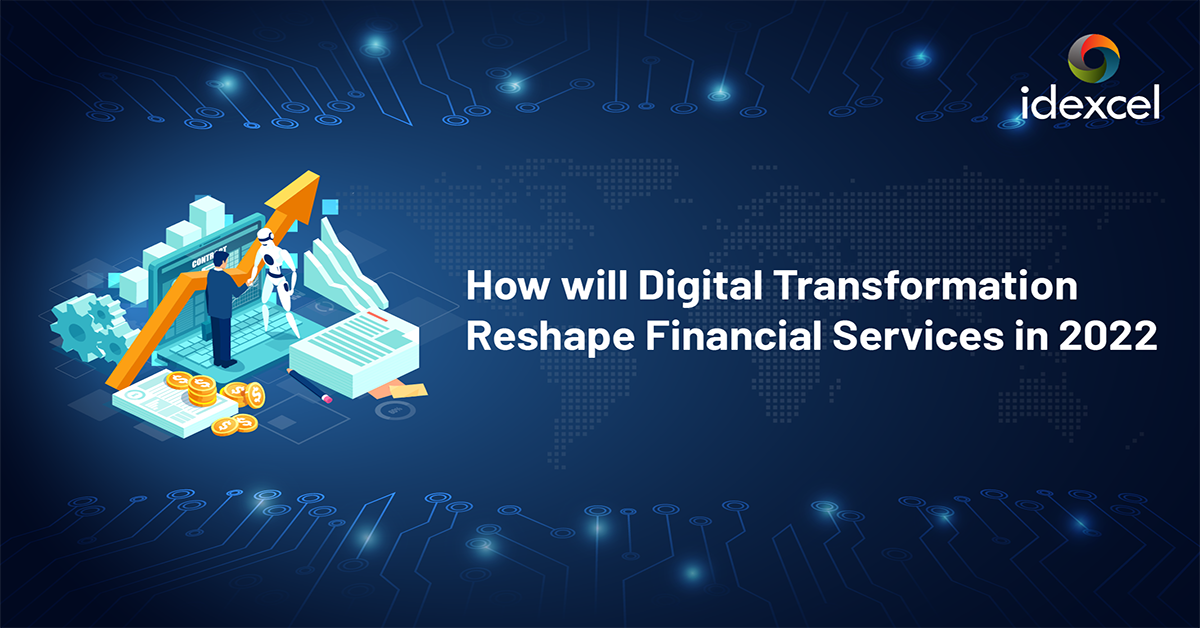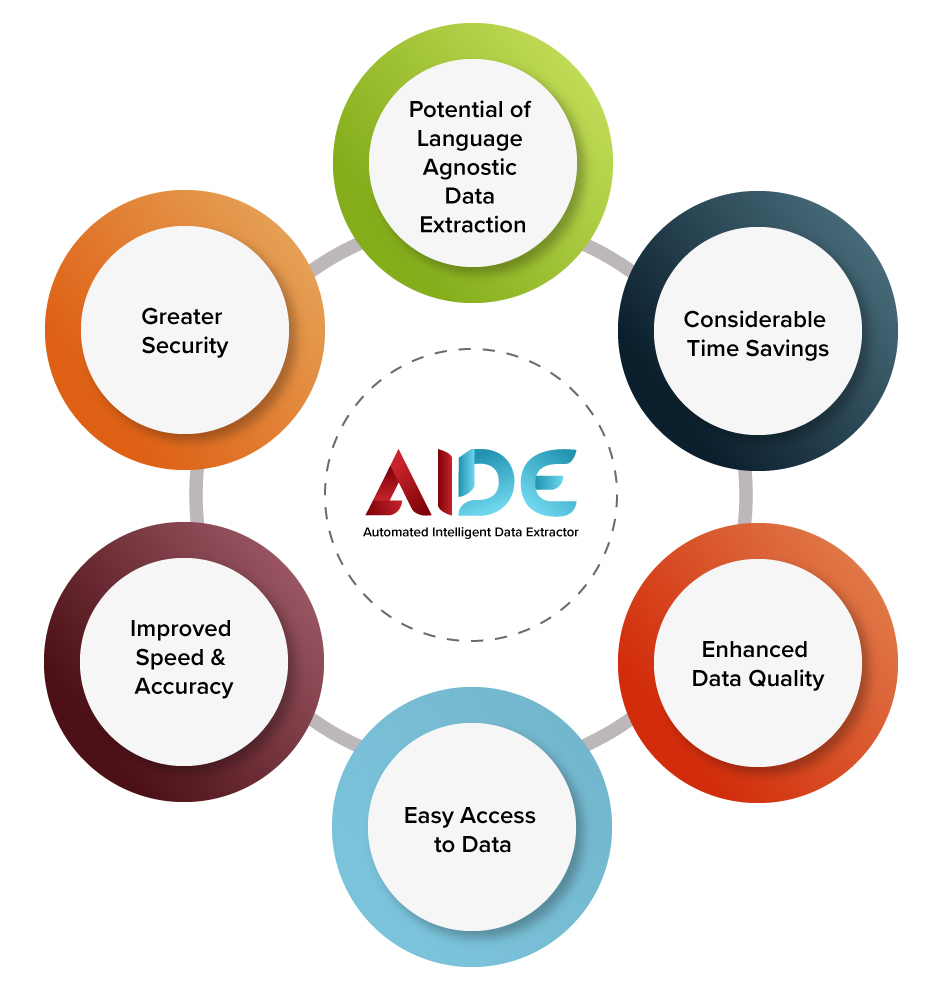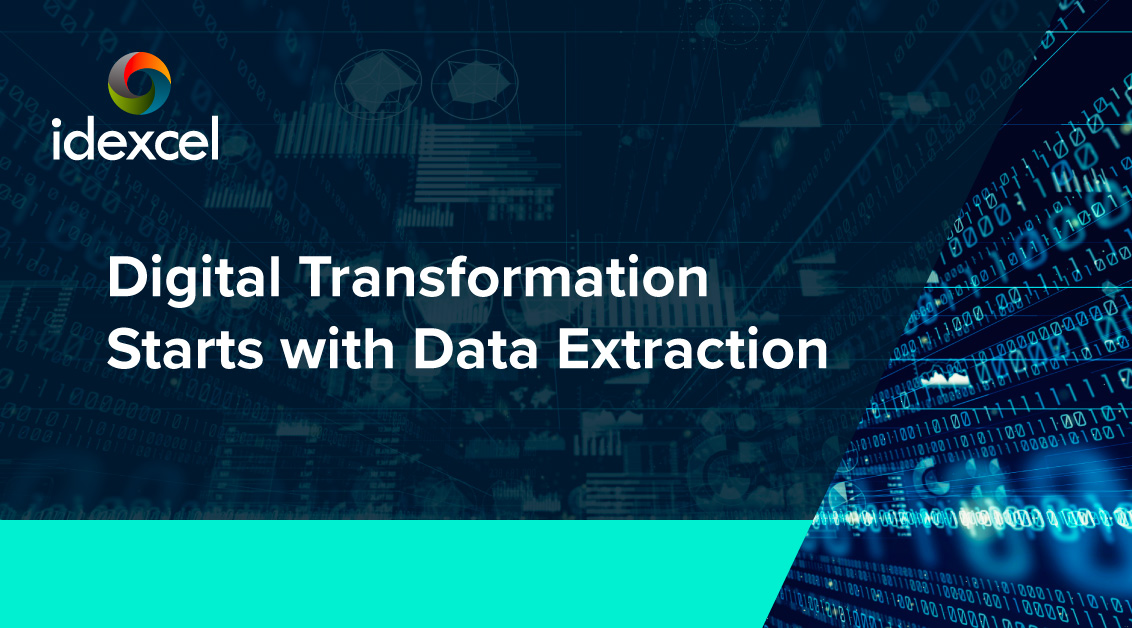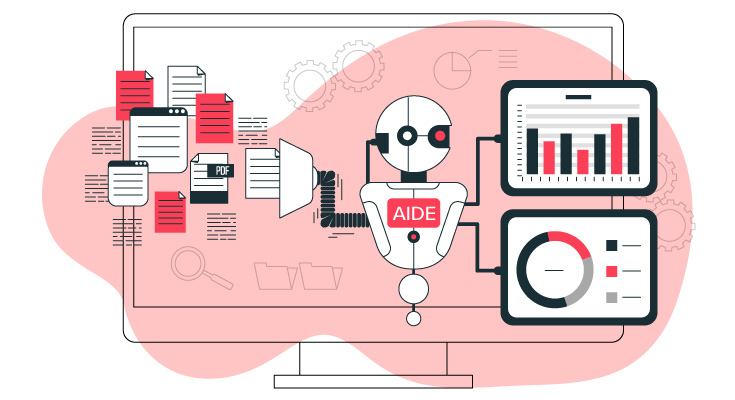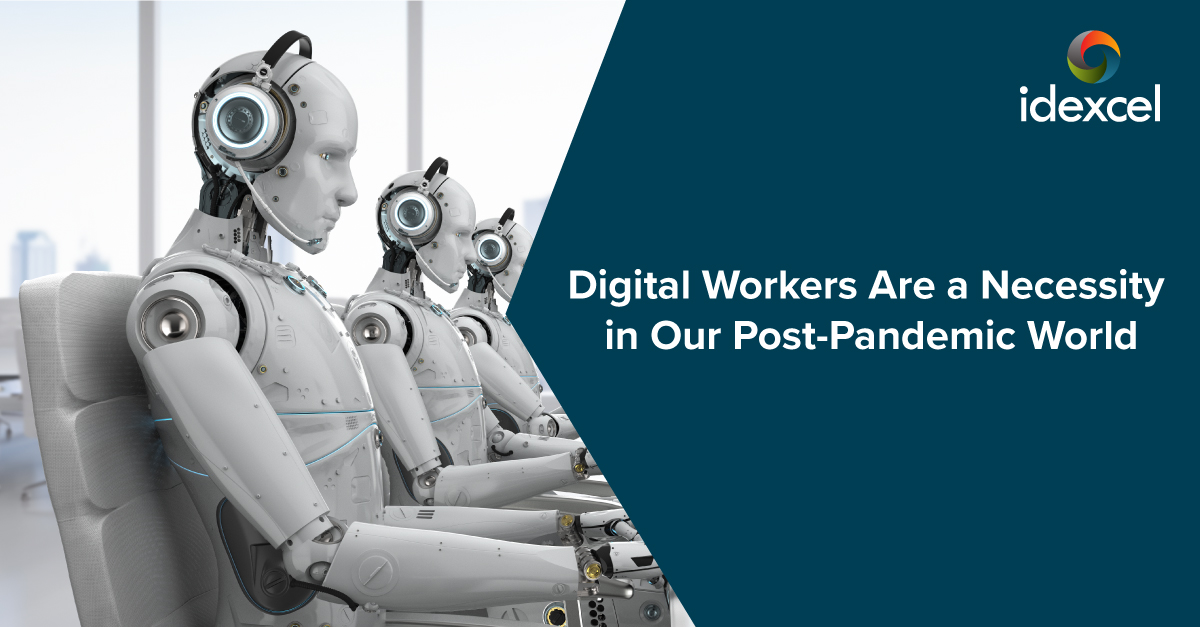The Financial Services industry has gone through a swift and substantial digital transformation journey in the FY 2020-21 via. cognitive automation, conversational servicing, digital embracement, video KYC, open banking etc.
Presently, 55% of financial service organizations have extended resiliency plans to future-proof their business and enhance profitability, innovation rates and cost efficiencies by greater than 20% in contrast to their peers. As per statistics, the global digital payment market size is anticipated to grow at a CAGR of 15.2% between 2021-2026. Also, by 2023, 90% of organizations worldwide are expected to emphasize on investments in digital tools to supplement physical spaces and assets with digital experiences.
The demand for digital technologies is gaining prominence in the financial services industry and going forward innovation is going to play a major role in accelerating the origination of new digital financial products.
1. Current Lending Landscape
(i) COVID impact accelerating Digital Transformation: The impact of COVID-19 on Digital Transformation in Financial Services is detailed through the following steps:
(a) Greater Automation to Create Contactless Services: The increased tendency of customers towards buying contactless services has led financial organizations to adopt automation. e.g., applying for a loan
(b) Increased Focus on Technology: The push towards Digital Transformation in Financial Industry has led several organizations to review their investments in the technological sector. This in turn has fueled innovation. e.g., integration of AI in Lending.
(c) Focus on Customer Experience: Recently, AI based Lending has allowed lenders to shorten the loan process by applying digital transformation. An Automated Loan Approval process lets lending organizations quickly close more qualified loans.
(d) Maximizing Operational Efficiency & Minimizing Costs: Digital Transformation in Financial Industry is continuing to assure cost-efficient operations while remaining extremely competitive. Optimizing business efficiencies and operations across the supply chain is financial services organizations’ top digital primacy to reduce costs and maximize revenue.
(e) Increased Investments in Cybersecurity: With more reliance on digital platforms for performing traditional operational processes, there is a huge transaction of critical information. Cybersecurity investments are set to grow high as organizations invest heavily in new advanced technologies and top-level cyberattacks propagate.
(ii) Number of Lenders focused on Small Businesses: COVID-19 has expedited the adoption of Digital Finance Transformation and generated large opportunities in consumer lending. Now, there is a significant increase in lenders, available as options for small businesses to borrow.
(iii) Regional Banks are now following FOMO: Seeing the results of the new lending age, regional banks are now following the digital transformation bandwagon. Currently, there are big investments from regional banks, credit unions and fintech companies, focused on upgrading their existing banking system to digital lending technology to facilitate faster lending.
2. Key Lending Predictions
(i) More Lenders will evolve, catering focused on Specific Lending: To differentiate from traditional lenders and capture strong commercial loan growth opportunities, lenders are increasingly targeting specific industry sectors such as healthcare, transportation etc.
(ii) Emphasize on Open Finance: Open Finance is based on data-sharing principles that can entitle banks to provide a wide range of possibilities to their clients that are especially appropriate to their requirements. With Open Finance, consumers could feasibly access more powerful private mortgages, pension funds, savings systems, credit/loan, insurance, and investments.
The map below shows countries that are effectively implementing their Open-Finance infrastructure:
>
(iii) Increased Spending on Technology and Teams: Recently, a rise in technology and teams spend is seen as a response to the pandemic. Financial service organizations are witnessing continuous disruption with expedited spending as technology speeds forward at a quick pace. Consequently, it is a mandate to stay highly competitive.
(iv) Integration of API’s from Data Aggregators: API providers build, expose, and operate API’s. e.g., 1. Data Providers API, 2. Machine Learning via an API. API integration from Data Aggregators allows for seamless integration and a quicker turnaround time.
(v) Apps give enhanced visibility for Borrowers: Given its fast-paced nature, lending apps exclude the need for a physical loan application process. These apps connect the lender, and borrower, offering wholesome loan servicing.
(vi) Significantly more accurate default predictions using more data: Data is fundamental to business intelligence and with digital transformation providing more access to useful data, higher is the capability to accurately predict the probability of default.
(vii) Customized Lending Rates for everyone based on your Data: Better data enables better customer understanding which empowers banks to provide their customers with personalized lending.
(viii) Digital Assistants will help both Lenders and Borrowers: Digital Assistants or Mortgage Chatbots greatly assist lenders in loan servicing and play a crucial role in constituting the decision-making process for borrowers. They are known to significantly reduce the time and effort in decision-making and processing loan offers.
(ix) Increased Automation across several workflows to Reduce Costs: Increased automation across workflows considerably minimize the probability for human error, thereby aiding to ensure consistency, process adherence, compliance, and greater security. In well-knit digital lending organizations, an Automated Digital Loan Approval process virtually eradicates the wearisome sorting of paper and electronic files, besides reducing manual data entry.
(x) Decentralized Lending (DeFi): DeFi is a peer-to-peer financial service working on Blockchain platform and as one of the financial services they do have the option to facilitate loans. These platforms offer loans to users at competitive rates in comparison to the traditional lending platforms.
(xi) Lending in Metaverse: The metaverse is a concept of a consistent, online, 3D universe blending multiple virtual spaces and letting users work, engage, and interact together in these 3D spaces. The concept allows our avatars to own entities such as properties, and other artifacts. For us to own these, for e.g., a loan requirement, there are lending institutions who can offer the same.
Conclusion: Recently, banks have accelerated the pace of Digital Transformation in Financial Services owing to the rapid growth of technology. Also, many AI Based Lending apps have emerged with the extensive use of smartphones. Both AI and Automation have just started to explore the boundaries of profitability, efficiency, expenses, and end-user experience in the lending landscape. This year, Digital Transformation in Financial Industry will enable banks to build the next generation experience.
